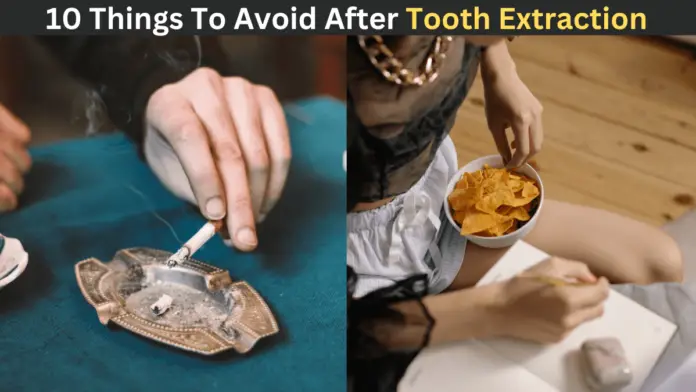
Proper dental care doesn’t end the moment you leave the dentist’s chair following a tooth extraction. In fact, what you do afterwards—specifically, what you abstain from doing—can significantly influence the healing process. This article will guide you through the top 10 things to avoid after tooth extraction, aiming to provide you with an in-depth understanding of post-tooth extraction care.
Following the recommended guidelines is crucial not only to prevent complications such as dry socket, infection, and prolonged bleeding but also to ensure a quick and comfortable recovery. By adhering to these guidelines, you’re not only safeguarding your oral health but promoting your overall well-being. So, let’s delve into how proper post-extraction care can set you on the fast track to recovery.
10 Things To Avoid After Tooth Extraction
1. Eating Hard or Crunchy Foods

One of the foremost things to avoid after tooth extraction is consuming foods that are hard or crunchy. Such foods can disrupt the clotting process, which is a crucial part of the healing phase. The extraction site is highly sensitive during the initial days, and any undue pressure can cause discomfort and even lead to bleeding.
Why Hard or Crunchy Foods Can Harm the Extraction Site
Upon extraction, your dentist will have you bite down on a gauze pad to form a protective clot at the site. This blood clot serves as a natural barrier to protect the underlying bone and nerve tissue during the healing process. Consuming hard or crunchy foods runs the risk of dislodging this clot, leading to a painful condition known as dry socket.
Softer Alternatives That Aid in Recovery
Instead of hard foods, opt for softer alternatives during the initial days post tooth extraction. Here are some suggestions:
- Yogurt: High in calcium and probiotics, yogurt aids in the healing process.
- Mashed Potatoes: They are easy to chew and high in calories, providing the energy you need for recovery.
- Soups: A warm soup can be soothing and adds the required nutrients without causing discomfort.
- Smoothies: A healthy fruit or vegetable smoothie can be a tasty, nutrient-rich substitute.
2. Smoking
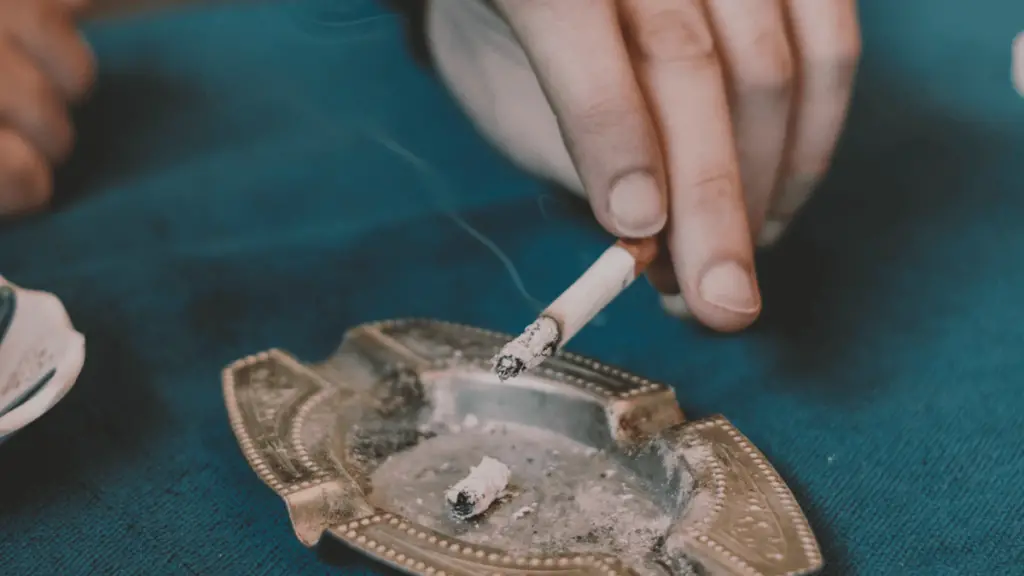
Smoking after a tooth extraction can significantly slow down the healing process and increase the risk of complications. The chemicals present in cigarettes can hinder blood clot formation, which is a crucial part of the healing process post tooth extraction.
How Smoking Delays Healing
- Impaired Blood Clot Formation: The suction action when smoking can dislodge the blood clot from the extraction site, leading to dry socket, a painful condition that exposes the underlying bone and nerves.
- Reduced Blood Flow: Nicotine, a key ingredient in cigarettes, causes blood vessels to constrict, reducing the flow of nutrient and oxygen-rich blood to the extraction site, needed for healing.
- Decreased Immune Response: Smoking can suppress the immune system, making it harder for your body to fight off potential infections at the extraction site.
Managing Cravings During Recovery
It’s essential to devise a plan to manage nicotine cravings after a tooth extraction. Here are some tips that could help:
- Nicotine Replacement Therapy (NRT): Consider using nicotine patches, gums, or lozenges, which can provide the nicotine without the harmful effects of smoking.
- Distractions: Engage in activities that distract you from the urge to smoke. This could be reading a book, going for a walk, or any hobby that keeps your hands and mind busy.
- Support: Reach out to a support network, whether it’s a friend, family member, or a professional counselor. It’s okay to seek help and it can make a significant difference.
- Regular Check-ups: Keep up with your dentist appointments to track your healing process and address any concerns.
Remember, abstinence from smoking, even for a short while, can significantly improve your healing process after tooth extraction.
3. Excessive Physical Activity

Engaging in strenuous activities soon after undergoing a tooth extraction can potentially lead to complications which may impede the healing process.
Risks of Intense Physical Activity Post Extraction
- Increased Blood Pressure: Excessive physical activity raises blood pressure, which in turn can dislodge the blood clot protecting the extraction site, leading to a painful condition known as dry socket.
- Delayed Healing: High-intensity exercise generates body heat and increases metabolic rate, which can slow down the healing process.
- Swelling and Bleeding: Vigorous activities may exacerbate inflammation and cause bleeding at the extraction site.
Guidelines for Physical Activity After Tooth Extraction
- Immediate Rest: Rest for at least 24 hours after the extraction. Avoid any rigorous exercise and try to keep your head elevated to minimize swelling and bleeding.
- Gradual Return: Slowly reintroduce light physical activities into your routine, like walking or gentle stretching, after the initial 24-hour rest period.
- Listen to Your Body: If you feel any discomfort, pain, or swelling during physical activity, stop immediately and rest. Do not push through the pain.
- Hydrate: It is essential to keep hydrated but avoid using a straw as it can create suction that might dislodge the blood clot at the extraction site.
4. Alcoholic Beverages

Consuming alcoholic beverages after a tooth extraction can interfere significantly with the healing process. Alcohol’s dehydrating nature can dry out the oral tissues, potentially causing inflammation and discomfort. More importantly, it can disturb the formation of a healthy blood clot, a vital part of the healing process after extraction.
Alcohol and Medication
Many patients receive prescription medication or over-the-counter drugs for managing pain post tooth extraction. Mixing alcohol with these medications not only diminishes their effectiveness but also poses serious health risks like liver damage, internal bleeding, and in some cases, fatal overdoses.
Suggested Non-Alcoholic Alternatives
While it’s best to stick with water following a tooth extraction, there are a few other non-alcoholic alternatives that are safe and soothing:
- Herbal Tea: Calming teas like chamomile can help ease discomfort and promote a good night’s sleep.
- Coconut Water: This is a natural, hydrating choice that also offers a boost of essential nutrients.
- Fruit Smoothies: A cold, nutritious smoothie can provide a refreshing reprieve, but remember to avoid using a straw.
5. Ignoring Oral Hygiene
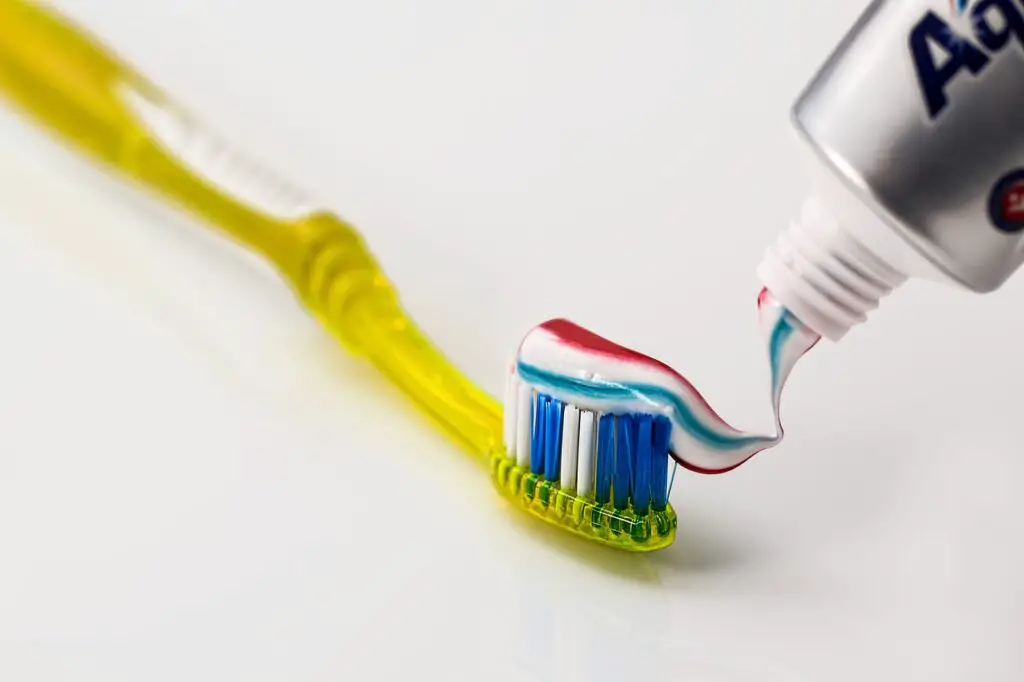
Ignoring oral hygiene after tooth extraction can lead to complications like infections and prolonged healing time. However, it’s equally important to approach your hygiene routine carefully to avoid disrupting the extraction site.
Post Tooth Extraction Oral Hygiene: The First 24 Hours
During the first 24 hours after an extraction, your oral care should be gentle and focused on avoiding any disturbance to the extraction site.
- Avoid rinsing or spitting forcefully: This can dislodge the blood clot and impede the healing process.
- Don’t brush the teeth immediately adjacent to the extraction site: Brush and floss the rest of your mouth as you normally would, but be cautious around the extraction site.
Oral Hygiene After 24 Hours
After the first 24 hours, you can gradually reintroduce your full oral hygiene routine:
- Saltwater rinses: Saltwater has natural disinfectant properties. Rinse gently with warm salt water (1/2 a teaspoon of salt in 8 ounces of warm water) a few times a day to keep the extraction site clean.
- Brushing and flossing: Resume brushing and flossing, but continue to avoid the extraction site for a few more days. Use a soft-bristled toothbrush to minimize any irritation.
Products to Use
Use gentle products that won’t irritate the extraction site or slow the healing process:
| Products | Reason |
| Soft-bristle toothbrush | Minimizes irritation |
| Fluoride Toothpaste | Fights against cavities |
| Antiseptic mouth rinse | Keeps bacteria at bay |
By being careful and attentive to your oral hygiene after tooth extraction, you can ensure a smoother, faster recovery.
6. Avoid Using Straws
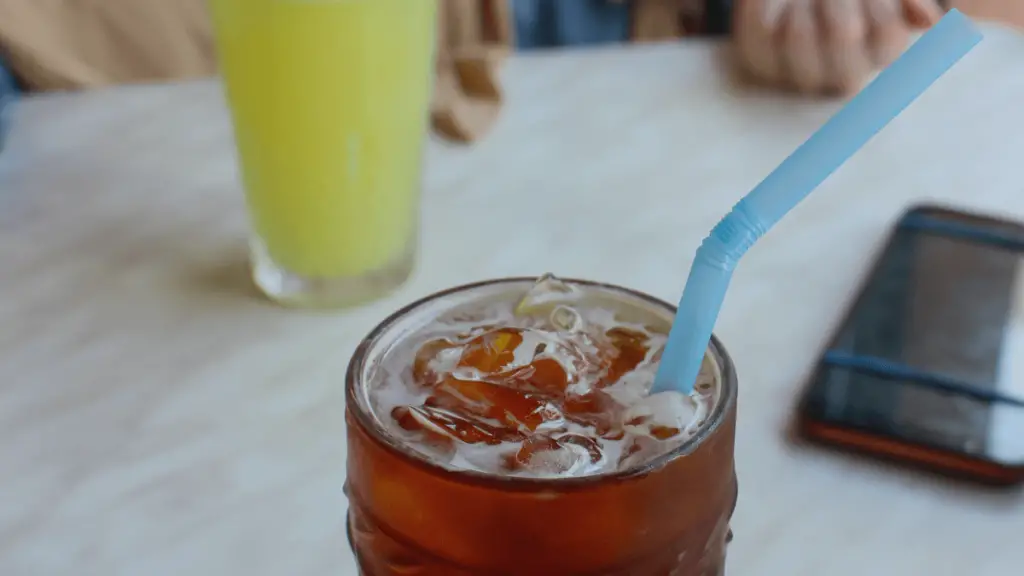
One of the key things to avoid after tooth extraction is using straws. The suction action required when drinking through a straw can potentially dislodge the blood clot at the extraction site, leading to a condition known as dry socket.
The Risk of Dry Socket
A dry socket, or alveolar osteitis, is a painful condition that can occur post tooth extraction, especially when the patient uses a straw. When the blood clot gets dislodged, the underlying bone and nerves get exposed, leading to intense pain and a delay in the healing process. Research shows that dry socket affects approximately 2-5% of patients after a routine tooth extraction, with the likelihood increasing significantly if a straw is used.
Alternatives to Using Straws
Instead of using straws, opt for these safer alternatives:
- Use a spoon: Especially for consuming liquid or semi-liquid foods like soup or yogurt.
- Drink directly from the glass: Make sure to do this gently to avoid any pressure on the extraction site.
- Use a syringe or dropper: These can be used to directly place liquid into the mouth, reducing the risk of dislodging the clot.
By refraining from the use of straws after a tooth extraction, you can significantly reduce the risk of complications and speed up your recovery process.
7. Hot Foods and Beverages

Hot foods and beverages should be on your list of things to avoid after tooth extraction. Consuming items at high temperatures can exacerbate swelling and discomfort in the extraction area, potentially prolonging the healing process and leading to unnecessary complications.
How Heat Affects the Healing Process
Heat can increase blood flow, and while this is generally beneficial for healing, in the case of a recent tooth extraction, it can lead to increased inflammation and swelling. As a result, this can heighten discomfort levels and potentially disrupt the clotting process, posing a risk for dry socket.
Optimal Temperature For Post-Extraction Consumption
To ensure a smooth recovery, adhere to the following temperature guidelines when consuming food and drinks post tooth extraction:
- Cold Foods: These can aid in reducing inflammation. Examples include ice cream, smoothies, and yogurt.
- Room Temperature Foods: These are less likely to disturb the extraction site. Foods like lukewarm soup or mashed potatoes are good choices.
- Avoid Hot Foods and Beverages: This includes items like hot coffee, soup, or other meals heated above room temperature.
By managing the temperature of your food and beverages after a tooth extraction, you can aid your healing process and avoid unnecessary discomfort.
8. Touching the Extraction Site
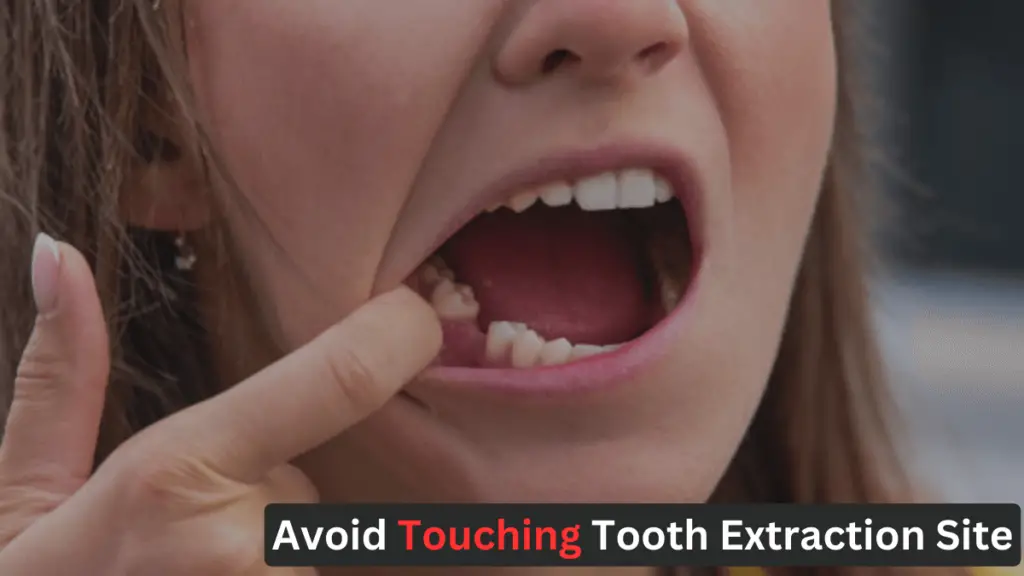
Touching or poking the extraction site is one of the top things to avoid after tooth extraction. Even if your hands are clean, they still harbor bacteria, and by touching the extraction site, you can unintentionally introduce bacteria into the wound.
Risk of Infection
Exposing the extraction site to bacteria raises the risk of infection. Infections can delay the healing process, cause severe pain, and in some cases, lead to more severe complications like abscesses or systemic infections.
The Perils of Unintentional Contact
You might unconsciously touch the extraction site with your tongue or fingers, especially if it feels strange or uncomfortable. However, this can dislodge the blood clot forming in the extraction site, leading to a painful condition known as dry socket.
Tips To Prevent Unintentional Contact
To avoid unintentional contact with the extraction site:
- Distract Yourself: Keep your mind busy to avoid focusing on the extraction site.
- Chew on the Other Side: Try to chew your food on the opposite side of the extraction site.
- Use a Mouth Rinse: Instead of using your fingers to clean the extraction site, use a saltwater rinse.
By being conscious of these risks and taking these simple measures, you can minimize the chance of disrupting your post-tooth extraction healing process.
9. Skipping Medications
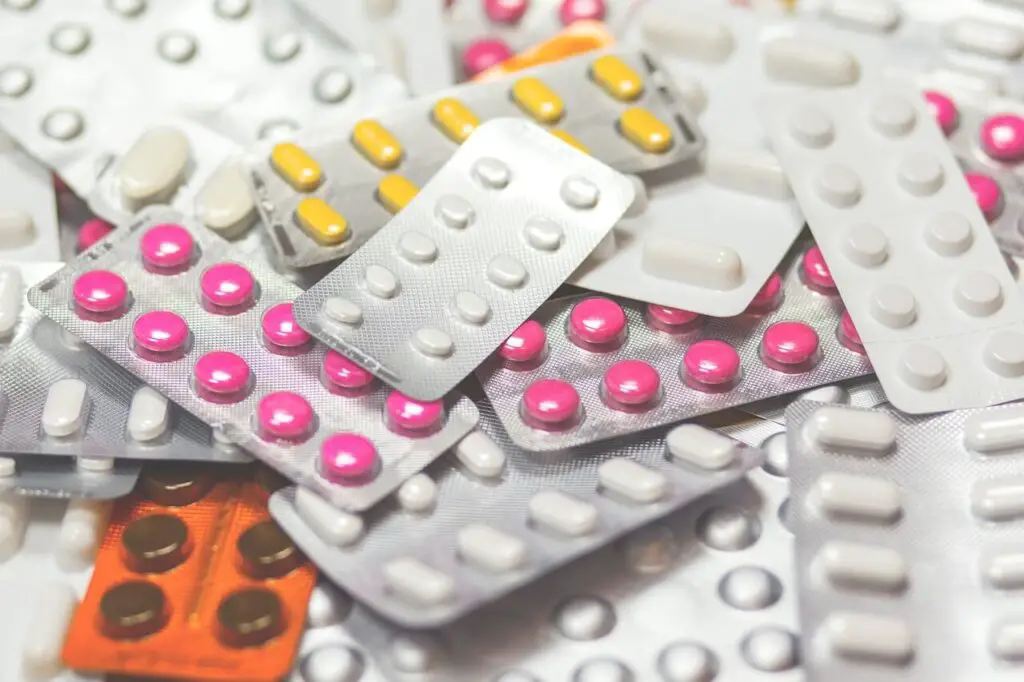
One of the most critical components of post tooth extraction care is adhering to your prescribed medication plan. Skipping or arbitrarily adjusting your medication can have severe consequences on your recovery.
The Role of Medications
Medications play a crucial role in pain management and infection control. Your dentist may prescribe antibiotics to prevent infection, analgesics for pain relief, and anti-inflammatory drugs to reduce swelling. These medicines are designed to help your body heal and to keep you comfortable during the healing process.
Consequences of Skipping Medications
- Pain and Discomfort: Without the analgesics, you might experience heightened pain and discomfort.
- Risk of Infection: Not taking antibiotics as prescribed can predispose the extraction site to bacterial invasion, leading to infection.
- Prolonged Healing: Skipping anti-inflammatory drugs can lead to increased swelling and delayed healing.
What to Do When Side Effects Occur
In case you experience any side effects from the medication:
- Do Not Stop the Medicine Abruptly: Abrupt cessation can lead to rebound effects.
- Contact Your Dentist: Report the side effects to your dentist who can adjust your medication or prescribe an alternative.
- Follow Revised Instructions: Adhere strictly to any new instructions or medication changes given by your dentist.
By understanding the importance of prescribed medications and the risks of skipping them, you can ensure a smoother and more comfortable healing process after tooth extraction.
10. Not Rinsing with Saltwater

Neglecting saltwater rinses is one of the common mistakes people make following a tooth extraction. Some may disregard it as a mere traditional practice, but the truth is, it’s more than that.
Role of Saltwater Rinses
Saltwater rinses are a simple yet highly effective method of post tooth extraction care. They play an indispensable role in the healing process for several reasons:
- Natural Disinfectant: Saltwater is a natural disinfectant, effectively killing bacteria in the mouth and reducing the risk of infection.
- Reduces Swelling: It aids in reducing the swelling in the gums, a common aftermath of tooth extraction.
- Promotes Healing: Saltwater rinses help in cleaning the extraction site and form a clot at the site, which is the first step towards healing.
How to Perform a Saltwater Rinse
Performing a saltwater rinse is a straightforward process. Here’s how to do it:
- Mix half a teaspoon of salt in a glass of warm water. Ensure the water is not too hot as it might irritate the extraction site.
- Swish the solution around the mouth gently. Be careful not to swish too vigorously as it might dislodge the blood clot formed at the extraction site.
- Spit out the solution. Do not swallow.
Frequency of Saltwater Rinses
A general rule of thumb for post tooth extraction care is to rinse with saltwater 2 to 3 times a day, specifically after meals. It helps to keep the extraction site clean and free from food debris.
By incorporating saltwater rinses into your post tooth extraction care routine, you can anticipate a smoother and quicker recovery.
Signs and Symptoms to Watch Out For After Dental Surgery
Understanding the difference between normal and abnormal post-operative symptoms is crucial for a smooth recovery. Here’s a breakdown of the usual signs and symptoms after a tooth extraction:
Normal Symptoms
- Mild Discomfort or Pain: It’s common to experience some pain or discomfort after the anesthesia wears off. Your dentist will usually prescribe over-the-counter pain medication for this.
- Swelling: Swelling around the mouth, cheeks, eyes, and sides of the face is normal for the first two to three days.
- Bruising: Bruising may occur on your face, but it should fade away after a few days.
- Bleeding: Minimal bleeding or oozing is expected, especially in the first 24 hours after the procedure.
Abnormal Symptoms
- Severe pain: If your pain intensifies instead of gradually improving, it could indicate a dry socket or infection.
- Persistent Bleeding: If bleeding continues profusely beyond 24 hours, it is not normal and requires immediate attention.
- Excessive Swelling: If the swelling doesn’t subside after a few days or becomes increasingly worse, this could indicate an infection.
- Fever and Chills: These are signs of an infection and warrant immediate medical attention.
When to Call Your Doctor
Call your dental surgeon if you experience severe pain, uncontrolled bleeding, increased swelling after the third day, severe fever, or if you have any reactions to the prescribed medications. In case of severe symptoms or any signs of a medical emergency, such as difficulty breathing, call your local emergency services immediately. Never underestimate your symptoms – your health and safety comes first, always.
Related topic: Home Remedies For Denture Sores
Best Practices After Tooth Extraction
1. Rest and Adequate Hydration
As with any surgical procedure, resting after a tooth extraction is crucial to ensure a smooth recovery process. Avoid engaging in strenuous activities for at least a week post-surgery. Hydration is equally important; drinking plenty of water aids in the healing process and helps cleanse the wound.
2. Pain Management Strategies
Pain is a common occurrence post-extraction, and managing it effectively can greatly enhance your comfort during the recovery period. Over-the-counter pain relievers, as prescribed by your dentist, can alleviate the discomfort. Avoid taking aspirin as it might increase bleeding.
3. Regular Follow-up with the Dentist
Regular follow-up visits to your dentist are vital to monitor the healing process and avoid complications such as infections or dry sockets. Do not miss any scheduled appointments and promptly report any unusual symptoms.
Frequently Asked Questions
How long does it take to recover from a tooth extraction?
Recovery time varies from person to person, but generally, it takes about 7 to 10 days for the gum tissue to heal. Complete healing of the bone can take up to several weeks.
What can I eat after a tooth extraction?
Soft and easy to swallow foods like soup, yogurt, and mashed potatoes are recommended in the first few days following tooth extraction. Gradually introduce solid foods as your mouth heals and the discomfort subsides.
How can I clean my mouth after tooth extraction?
Avoid brushing around the extraction site for the first 24 hours. After this period, gently rinse your mouth with warm salt water to help remove any debris and promote healing.
Check out this informative video to get a clear understanding of the tooth extraction procedure.
Conclusion
Post-tooth extraction care is a crucial aspect that can significantly influence the course of your recovery. The guidelines outlined in this article, including consuming soft foods, refraining from strenuous activities, managing pain effectively, and maintaining regular follow-ups with your dentist, are essential steps to ensure a smooth and complication-free healing process. Remember, your oral health is an integral component of your overall well-being, so it’s vital to prioritize and invest time in it. By adhering to these post-extraction care practices, you not only expedite your recovery but also minimize the risk of potential postoperative complications. As always, consult your dentist or oral surgeon if any issues or uncertainties arise during your recovery period.











